A Guide to Stem Cell Therapy for Spinal Cord Injury in Thailand
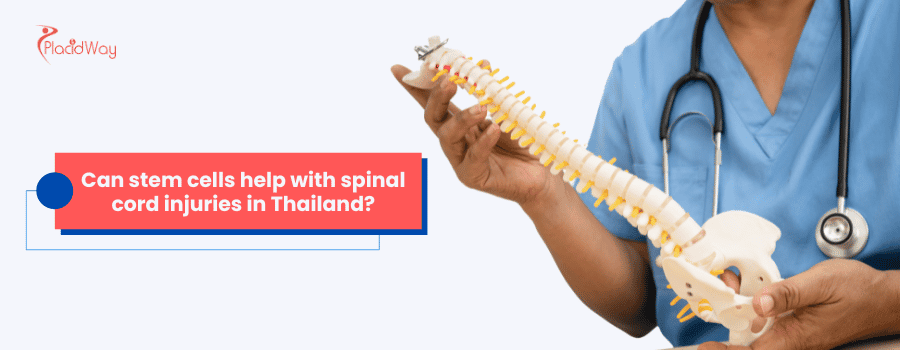
A diagnosis of a spinal cord injury can be life-altering, leaving patients and their families searching for hope and innovative treatment options. Stem cell therapy for spinal cord injuries in Thailand has emerged as a promising avenue, offering the potential for nerve regeneration and functional recovery. This advanced medical approach uses the body's own master cells to help repair damaged tissue and improve the quality of life for those affected. As a leading destination for medical tourism, Thailand combines cutting-edge technology with experienced medical professionals, providing a beacon of hope for individuals from around the world.
This comprehensive guide will walk you through the most pressing questions about pursuing stem cell therapy for spinal cord injuries in Thailand. We will explore everything from the science behind the treatment to the practicalities of seeking care in this vibrant country.
Can Stem Cells Genuinely Help with a Spinal Cord Injury?
“Yes, stem cell therapy shows significant promise in helping to repair the spinal cord. It can aid in regenerating nerve cells, reducing inflammation, and improving motor and sensory function in many patients.”
Stem cells are the body's fundamental building blocks, possessing the remarkable ability to develop into various specialized cell types. In the context of a spinal cord injury, the primary goal of stem cell therapy is to replace damaged nerve cells (neurons) and supporting cells (glia). When introduced into the affected area, these stem cells can differentiate into new, healthy cells, potentially bridging the gap in the injured spinal cord.
Furthermore, stem cells release powerful growth factors and anti-inflammatory substances. This action helps to create a more favorable environment for the existing, undamaged nerve cells to survive and form new connections. While not a guaranteed cure, many patients who undergo stem cell treatment for spinal cord injury experience notable improvements in their mobility, sensation, and overall independence.
Is Stem Cell Therapy for Spinal Cord Injuries Legal in Thailand?
“Yes, stem cell therapy for spinal cord injuries is legal in Thailand and is regulated by the Thai Medical Council and the Food and Drug Administration (FDA). The country has established a clear regulatory framework to ensure the safety and ethical standards of these treatments.”
Thailand has positioned itself as a hub for regenerative medicine, and this includes having a well-defined legal and ethical framework for stem cell research and therapy. The country's regulatory bodies oversee the licensing of clinics and ensure that the stem cells used are sourced and processed according to strict international standards. This provides a level of assurance and safety for international patients seeking treatment.
It is, however, crucial for patients to choose a reputable and licensed medical facility. These accredited centers are more likely to adhere to the stringent guidelines set forth by the Thai government, ensuring that the treatment you receive is both safe and of high quality.
What Types of Stem Cells are Used for Spinal Cord Injury Treatment in Thailand?
“Stem Cell clinics in Thailand primarily use Mesenchymal Stem Cells (MSCs) for treating spinal cord injuries. These are often sourced from umbilical cord tissue, adipose (fat) tissue, or bone marrow.”
Mesenchymal Stem Cells (MSCs) are a type of adult stem cell favored for their potent regenerative and anti-inflammatory properties. They are considered multipotent, meaning they can develop into a variety of cell types, including bone, cartilage, muscle, and nerve cells. The use of MSCs, particularly those derived from umbilical cords, is common because they are young, vibrant, and have a low risk of rejection by the patient's immune system.
Some clinics may also use a patient's own (autologous) stem cells, typically harvested from their fat tissue or bone marrow. The choice between donor (allogeneic) and autologous stem cells will depend on the patient's specific condition and the clinic's treatment protocol.
What is the Process of Receiving Stem Cell Therapy in Thailand?
“The process typically involves an initial consultation and medical evaluation, followed by the administration of stem cells, often through intravenous (IV) infusion or direct injection into the spinal canal (intrathecal). This is usually combined with a comprehensive rehabilitation program.”
Your journey will begin with a thorough evaluation by a medical team specializing in regenerative medicine. This will include a review of your medical history, recent MRI scans, and a physical examination to determine your eligibility for the treatment.
The administration of the stem cells is a minimally invasive procedure. It can be done through a simple IV drip, where the cells travel through the bloodstream to the site of injury, or via an intrathecal injection, which delivers the cells directly into the cerebrospinal fluid for more targeted action. The entire process is generally well-tolerated with minimal discomfort.
How Much Does Stem Cell Therapy for a Spinal Cord Injury Cost in Thailand?
“The cost of stem cell therapy for a spinal cord injury in Thailand can range from $15,000 to $30,000 USD. The final price depends on the number of stem cell infusions required, the type of stem cells used, and the length of the accompanying rehabilitation program.”
Compared to the costs in many Western countries, which can be significantly higher, Thailand offers a more affordable option without compromising on the quality of care. The price typically includes the initial medical assessments, the stem cell treatments themselves, and a personalized physical therapy and rehabilitation plan.
It's important to get a detailed cost breakdown from the clinic beforehand. This should outline all included services to avoid any unexpected expenses. Many reputable clinics offer comprehensive packages that cover accommodation and local transportation, making the entire experience more manageable for international patients.
What are the Success Rates for Stem Cell Therapy for Spinal Cord Injuries in Thailand?
“While there are no universally guaranteed success rates, many patients who undergo stem cell therapy for spinal cord injuries in Thailand report significant improvements in motor function, sensation, and bladder and bowel control. The level of success can vary depending on the severity and type of injury, as well as the patient's overall health.”
It's crucial to approach stem cell therapy with realistic expectations. For many, "success" means a noticeable improvement in their quality of life, rather than a complete cure. Patient testimonials and clinic case studies often highlight a reduction in neuropathic pain, increased muscle strength, and a greater ability to perform daily activities.
The best clinics in Thailand are transparent about potential outcomes and will provide you with a realistic prognosis based on your individual circumstances. They often combine stem cell therapy with intensive physical and occupational therapy to maximize the potential for recovery.
How Do I Find the Best Clinic for Stem Cell Therapy in Thailand?
“To find the best clinic, look for facilities that are internationally accredited, have a team of experienced neurologists and regenerative medicine specialists, and can provide transparent information about their treatment protocols, costs, and patient outcomes.”
Thorough research is key. Look for clinics with a strong online presence, detailed websites, and patient reviews. Don't hesitate to reach out to them with a list of questions. Reputable clinics will be happy to provide you with information about their doctors' qualifications, the source and quality of their stem cells, and their safety protocols.
Consider seeking referrals from trusted medical tourism facilitators who have experience in vetting and partnering with high-quality medical providers in Thailand.
What Should I Expect During the Rehabilitation Process?
“Rehabilitation is a critical component of the treatment plan. You should expect an intensive and personalized program of physical therapy, occupational therapy, and other supportive treatments designed to maximize the benefits of the stem cell therapy.”
The stem cells create the potential for new neural connections, but it is the rehabilitation that helps to train and strengthen these new pathways. Your therapy program will be tailored to your specific needs and goals, and may include exercises to improve strength, coordination, and balance.
Many Thai clinics offer state-of-the-art rehabilitation facilities with advanced equipment and a dedicated team of therapists. This holistic approach, combining regenerative medicine with a robust rehabilitation plan, offers the best chance for a successful outcome.
Are There Any Risks or Side Effects Associated with the Treatment?
“Stem cell therapy is generally considered safe, with a low risk of serious side effects. The most common side effects are temporary and mild, such as fatigue, headache, or low-grade fever, particularly after an intrathecal injection.”
The use of MSCs, especially those from umbilical cords, minimizes the risk of an immune reaction. The procedures are performed by experienced medical professionals in a sterile environment to reduce the risk of infection.
Before undergoing treatment, the medical team will discuss all potential risks and side effects with you in detail. This transparency allows you to make an informed decision about your healthcare journey.
How Soon Can I Expect to See Results?
“The timeline for seeing results can vary significantly from person to person. Some patients may notice initial improvements within a few weeks of treatment, while for others, it may take several months to see the full benefits.”
The regenerative process initiated by the stem cells is gradual. It takes time for the new cells to integrate into the existing tissue and for new neural connections to form and strengthen. Patience and a commitment to the rehabilitation program are essential.
The medical team will provide you with a realistic timeline and will monitor your progress closely through follow-up appointments and assessments.
Can I Combine Stem Cell Therapy with Other Treatments?
“Yes, many clinics in Thailand advocate for a multi-modal approach to treatment. Stem cell therapy is often combined with other innovative therapies such as hyperbaric oxygen therapy, transcranial magnetic stimulation (TMS), and specialized nutritional programs to enhance the overall outcome.”
These complementary therapies can help to create an optimal environment for the stem cells to thrive and can further support the body's natural healing processes. For instance, hyperbaric oxygen therapy can improve oxygen supply to the damaged tissues, while TMS can help to stimulate brain activity and promote neuroplasticity.
Discuss the availability and potential benefits of these adjunctive therapies with your chosen clinic to create a truly comprehensive and personalized treatment plan.
Ready to explore the possibilities of stem cell therapy for spinal cord injury in Thailand? PlacidWay can help you connect with leading medical centers and specialists. Explore your options for a brighter, more mobile future.


.png)
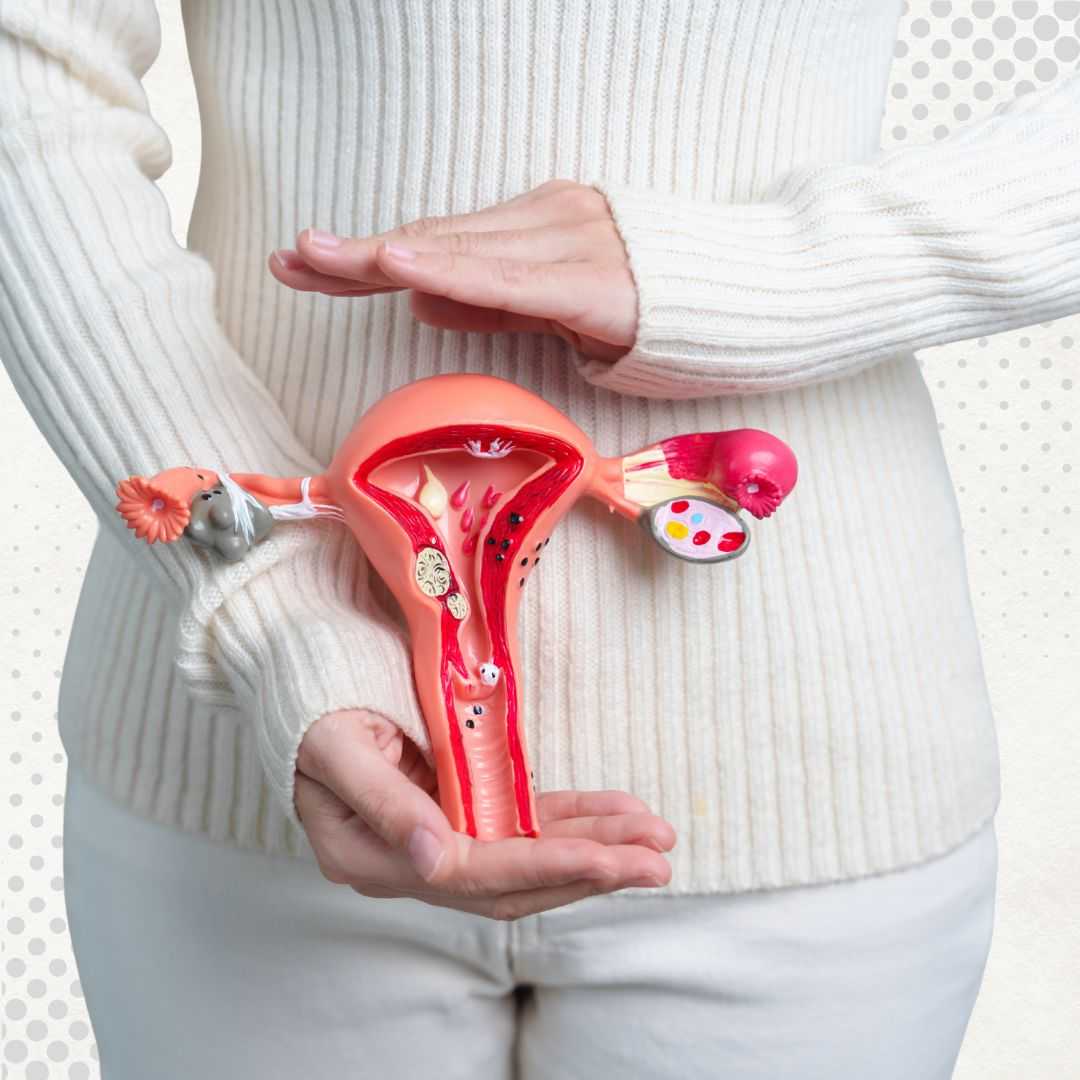

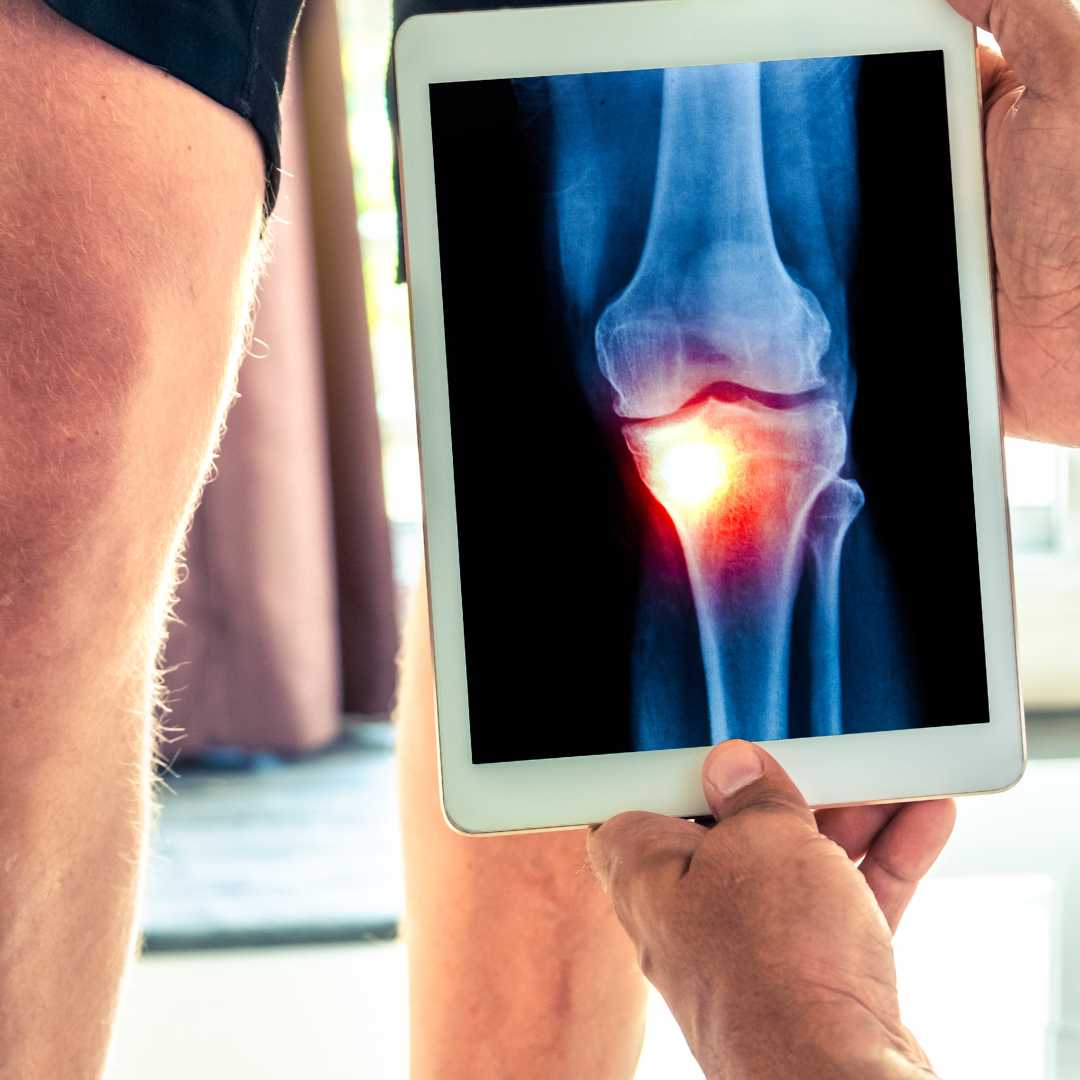

.jpg)
.jpg)
.jpg)

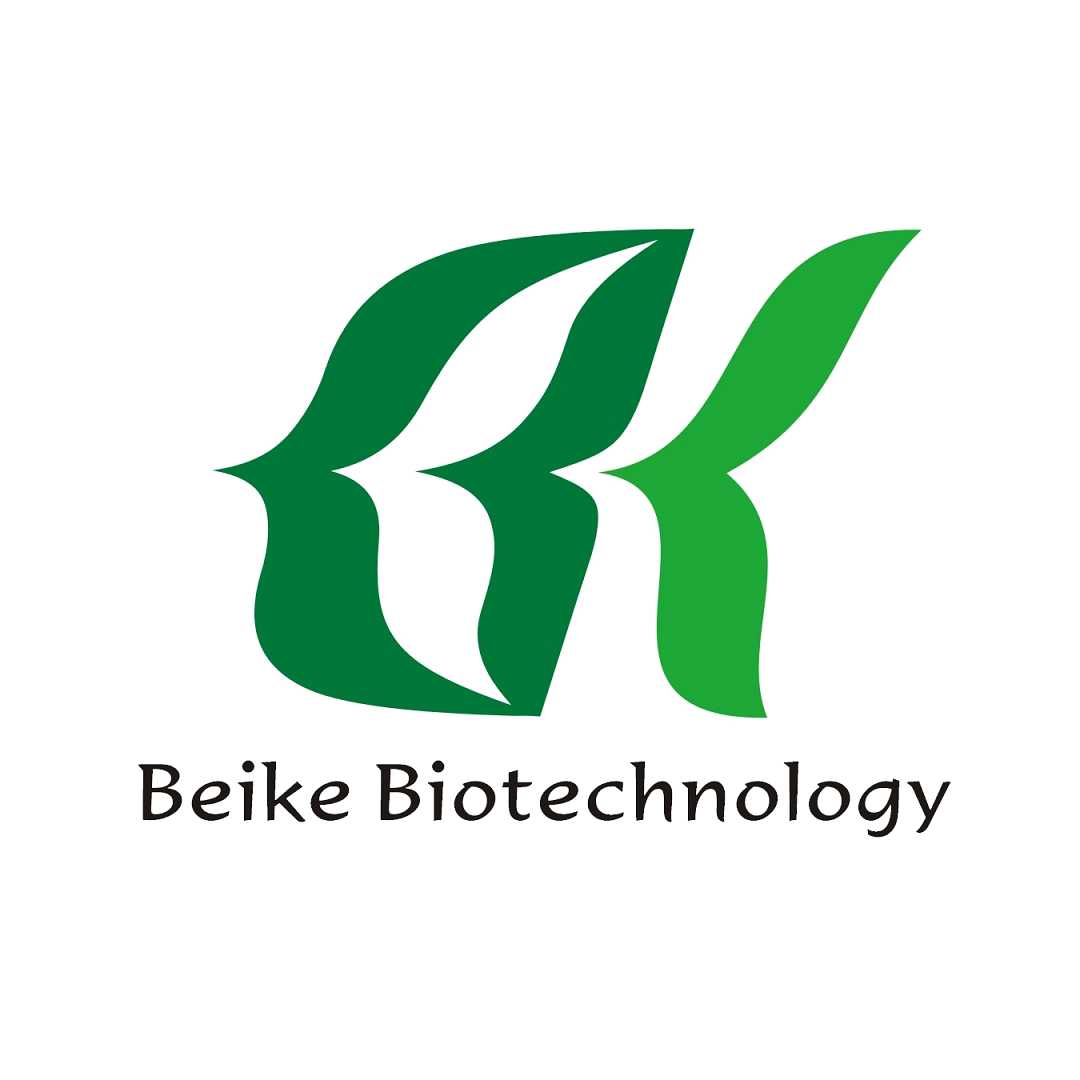
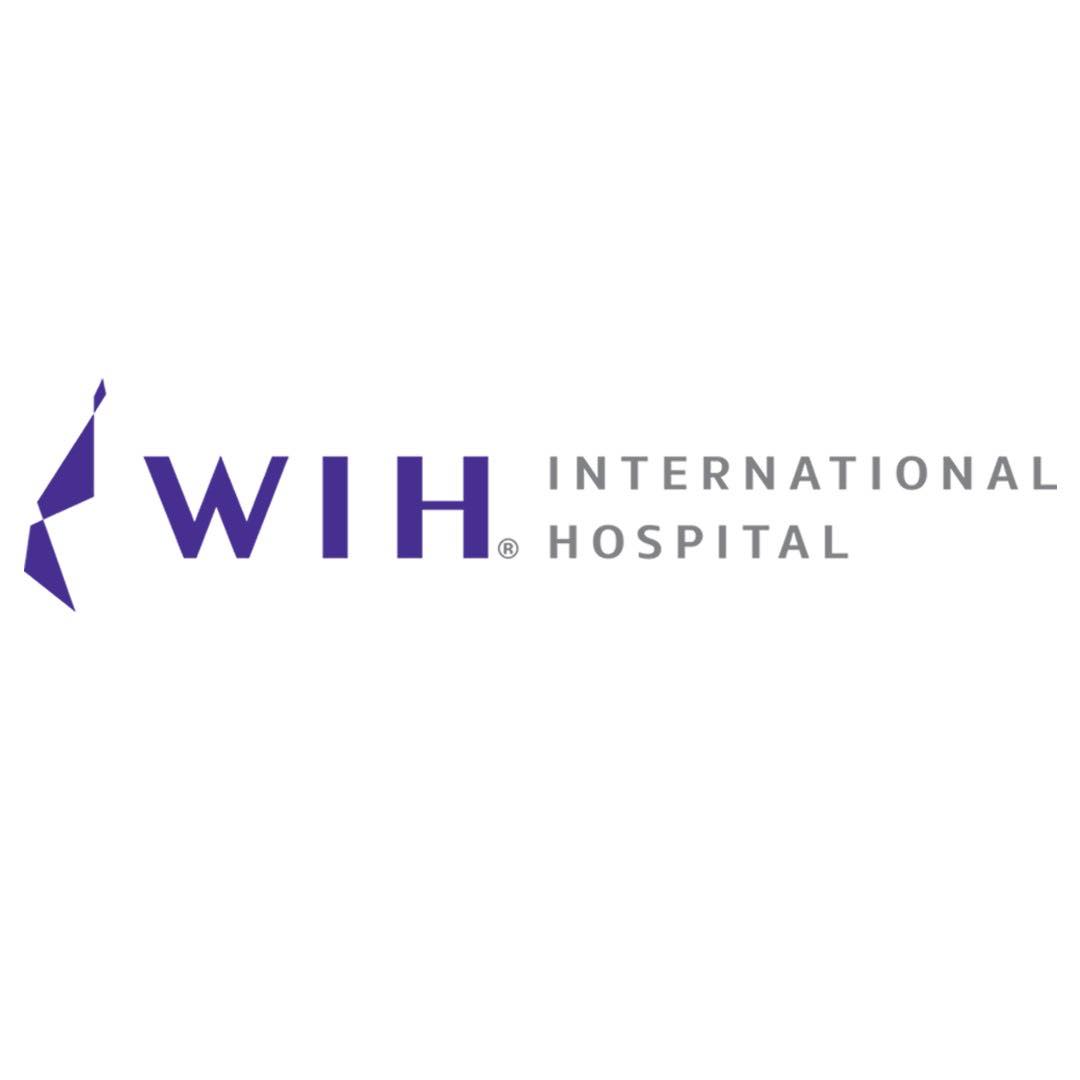

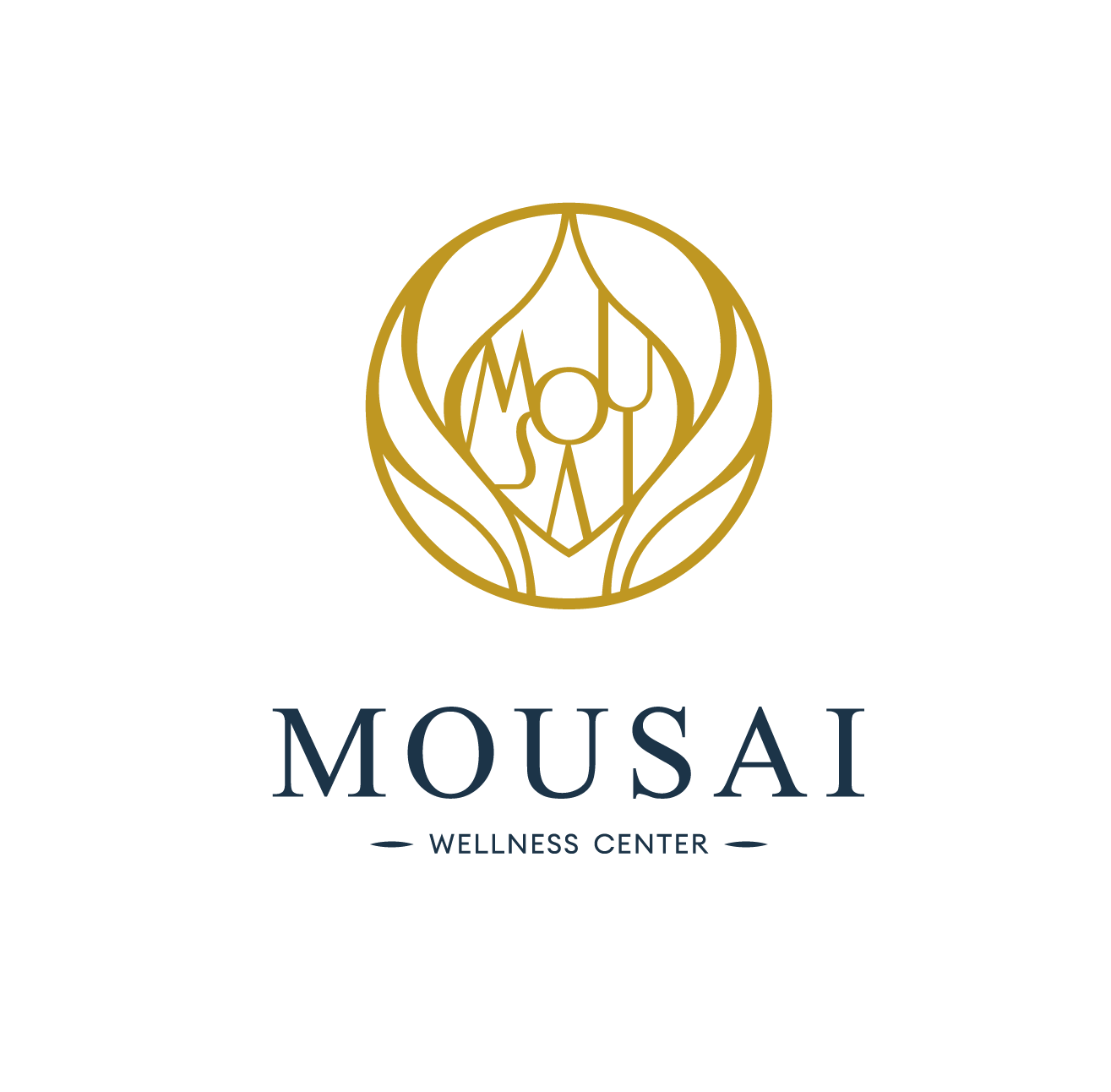


Share this listing